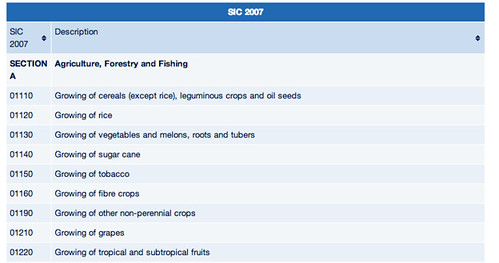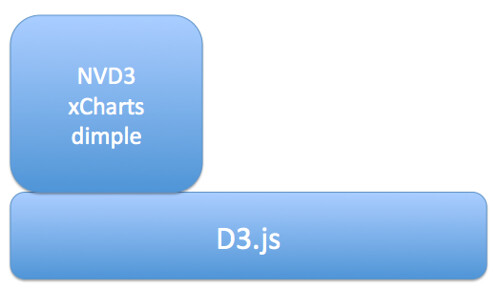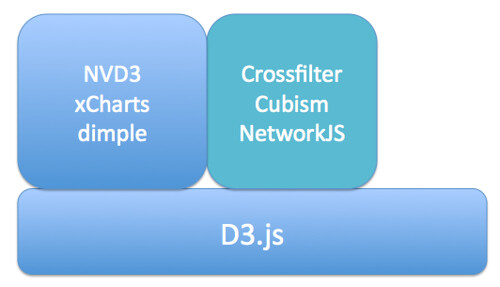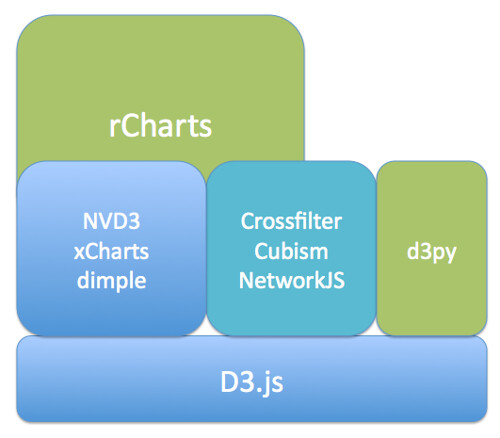Women’s Rights Campaigning: Info-Activism Toolkit
Mariel García - October 15, 2014 in Infoskills
This post was written by Lisa Gutermuth, a project coordinator at Tactical Tech in Berlin. Currently she is working producing the Women’s Rights Campaigning: Info-Activism Toolkit. She has previously focused on land grabbing, crowdmapping, and e-waste for different projects at Tactical Tech and with affiliated organisations.
Tactical Tech is an organisation working to advance the skills, tools and techniques of rights advocates, empowering them to use information and communications to help marginalised communities understand and effect progressive social, environmental and political change.
Trying to figure out how to present evidence of violence in a creative way? A campaign by the India-based Blank Noise project offers us an example of how this can be done.
In most parts of the world, a widely-used tactic to discredit women victims of violence is to accuse them of ‘asking for it’ by dressing provocatively. Blank Noise started a campaign called ‘I Never Ask For It’, in which women who had experienced street based sexual harassment were asked to send in photos of the garments that they were wearing when they experienced the harassment. Unsurprisingly, the database of photos was mostly comprised of pictures of school uniforms, burqas, traditional salwar kameez, saris, and jeans and so on: nothing provocative about any of this. These images highlight the very personal side of harassment, while simultaneously creating an understanding among women that they are not alone, as well as working toward wider debate about these kinds of events.
This is one of the examples found in the Women’s Rights Campaigning: Info-Activism Toolkit developed by Tactical Tech.
The toolkit is created for women’s rights activists, advocates, NGOs and community-based organisations who want to use technology tools and practices in their campaigning. The guide was developed as part of CREA‘s New Voices / New Leaders: Women Building Peace and Reshaping Democracy project, which aims to promote security by combating violence against women and enhancing the civil engagement of women in the Middle East, North Africa, South Asia and Sub-Saharan Africa.
This guide is also a good example of an older project being ‘upcycled’ into something new, updated and relevant to a specific community. The original guides we produced were called Message in-a-Box and Mobiles in-a-Box. CREA, a women’s rights organisation in India, initially approached us to update and customise our toolkits for women’s rights communities.
This gave us a chance to think about a structure and format that would work, and respond to the actual context of how specific communities think about campaigning. Each of the categories included in the guide was carefully considered in the development stages of the project, both because there was a focused community for whom it was being created, and because we had regular feedback from our local partner organisations.
The next step was translating the guide into Hindi, Bengali, Kiswahili, and Arabic. At Tactical Tech we make an effort to integrate localisation into our materials by providing options and resources for translations, as this enables communities to identify more closely with the contents and to read and use it at a more in-depth level. This is also why having the materials printed (i.e. offline) was such an important part of the project, as the communities that need the entry point to learning about the positive use of digital tools are often those most far away from them.
Which brings us to the latest development: the printed toolkits are just off the press! The guide has been printed as a set of four booklets: ‘Basics,’ ‘Grab Attention,’ ‘Tell a Story,’ and ‘Inspire Action,’ representing different strategic themes to use in creating a campaign. The next phase will be distribution – sign up to Tactical Tech’s monthly magazine In the Loop for updates!












